The focus of microlearning is usually the chunking of content. How small should segments of microlearning be? Consider microlearning content versus microlearning audiences. Microlearning is not just about the content. The strategy you apply to content segmentation can also be applied to segmenting your microlearning audience. Microlearning content is essential, but managing microlearning audience grouping is the next most important concept.
Diversify Teams
Intentional diverse cohorts of educators as professional learning communities (PLCs) may be one answer to siloed professional learning experiences. Selecting groups to progress through their learning together may create more connections and allow longer-lasting bonds over shared expertise. Strongly consider implementing cross-department/grade-level cohorts. Organize start times of cohorts so the discussion of topics occurs within the cross-department group to build those bonds to complement the existing within-department bonds.
The consequence of grouping in this manner is the content expertise is not as central, but instead, the learner is central. A cross-grade level group may examine developmentally appropriate mathematical best practices versus concentrating on their personal depth of mathematical knowledge. In a cross-subject group, many consider the availability of cross-subject opportunities for mathematics application or writing opportunities. Considering the full learner experiences through the lens of our students may provide nuanced insights and avoid siloed best practices in classrooms.
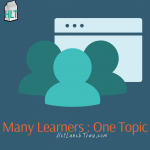
Many Learners : One Topic
Stagger Teams
Not all training has to be implemented in August. Trying to roll out training as programs or applications update may be unsustainable. Consider the ever-increasing number of programs or applications used in schools and the update windows (read: summer). More than just staggering start times of cohorts, consider a year-long program where skills and competencies can be rotated throughout the year. The program’s focus needs to be useful and include almost unlimited program or application update training.
To accomplish this a broad topic that includes any subject matter and allows opportunities to interface with specific training to support a general topic. Topics may be social-emotional learning, blended learning, or student-centered instruction; really any broad topic could work with a planning structure.
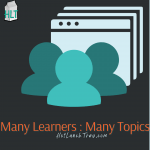
Many Learners : Many Topics
Build Self-Service
Once a culture of learning and a catalog {read Behind the Scenes below} of choices is built up, self-service can be an empowering segmentation of your audience. Just as YouTube has created many empowered in-formal learners, a professional library can activate any educator to learn what they want as they need it.
catalog, on-demand, Choice
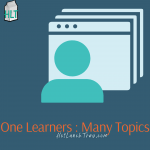
One Learner : Many Topics
Ultimate Personalization
This goal status is often seen and constantly pursued. As you will read about below (Behind the Scenes), a significant investment of time and materials can result in the ultimate personalization of every professional having access to a complete array of their professional development needs. Ironically, once this is achieved the goal would then shift to how to bring professionals together to plan implementation and evaluate progress.
Ultimately, consider a pathway for micro-content available for participants by their role. In a scenario where content is already segmented, cohorts could start together and rapidly fan out to specialized learning and then be brought back together. In this sense, the ultimate personalization would fortify the PLCs.
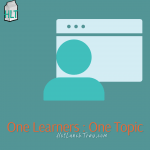
One Learner : One Topic
Behind the Scenes
Beyond groups and in-person professional development, a catalog of learning needs to be built. Once built it will need to be periodically updated and maintained. This requires dedicated professionals who understand the educator’s mindset, and preferably former classroom teachers to understand the daily demands on teachers.
Certainly, Instructional Design-minded individuals help craft digital assessments into learning objects. The version of programs and applications change over time, their application to learning sciences may evolve or be replaced, and the responsibilities of learners may evolve. The commitment to this is more proactive than reactive and may require a management shift.
References
Kadakia, C., & Owens, L. (2020). Designing for modern learning: Beyond ADDIE and SAM. ATD Press.
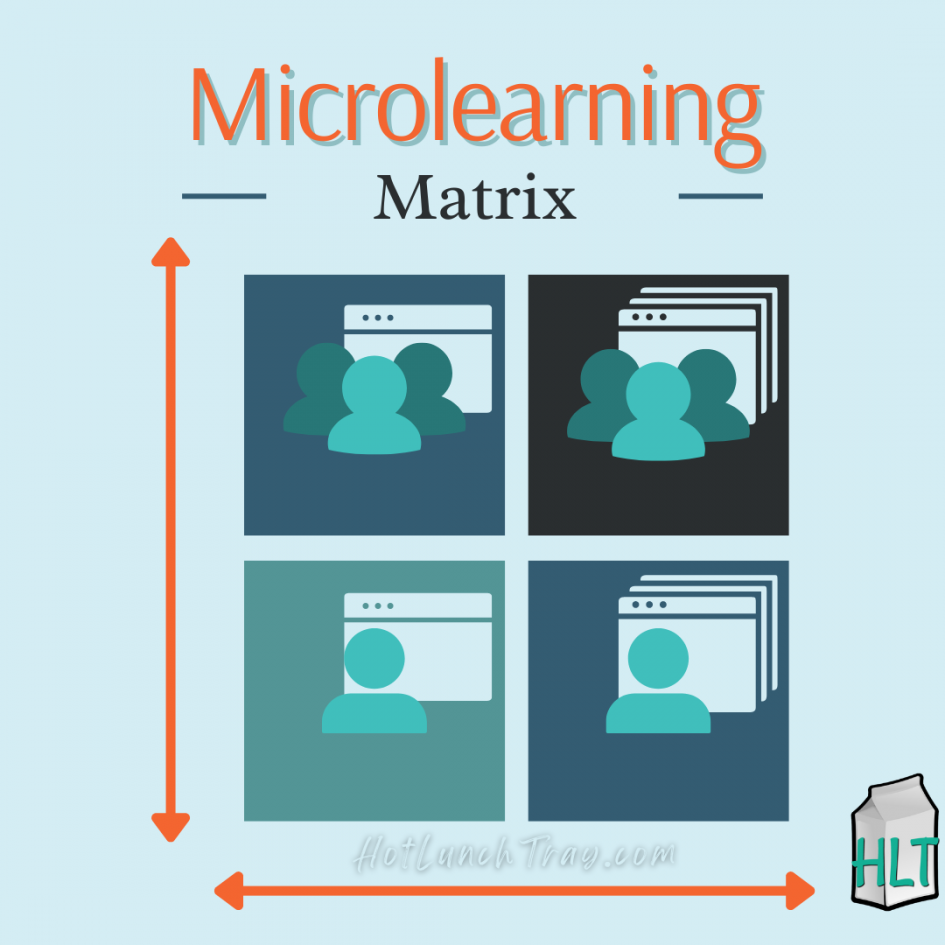

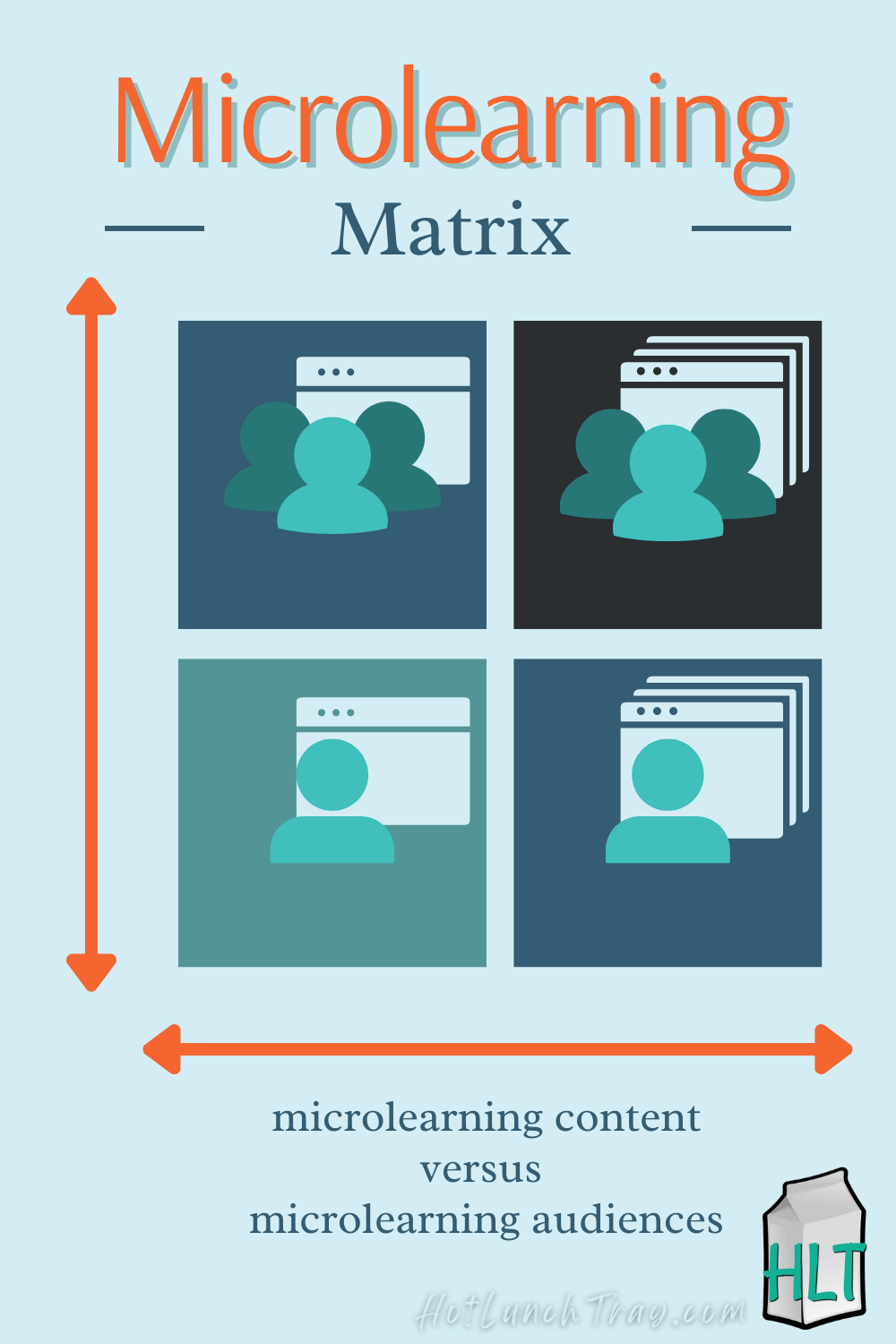
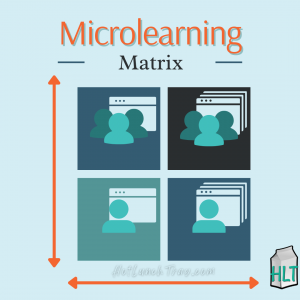




Leave a Reply